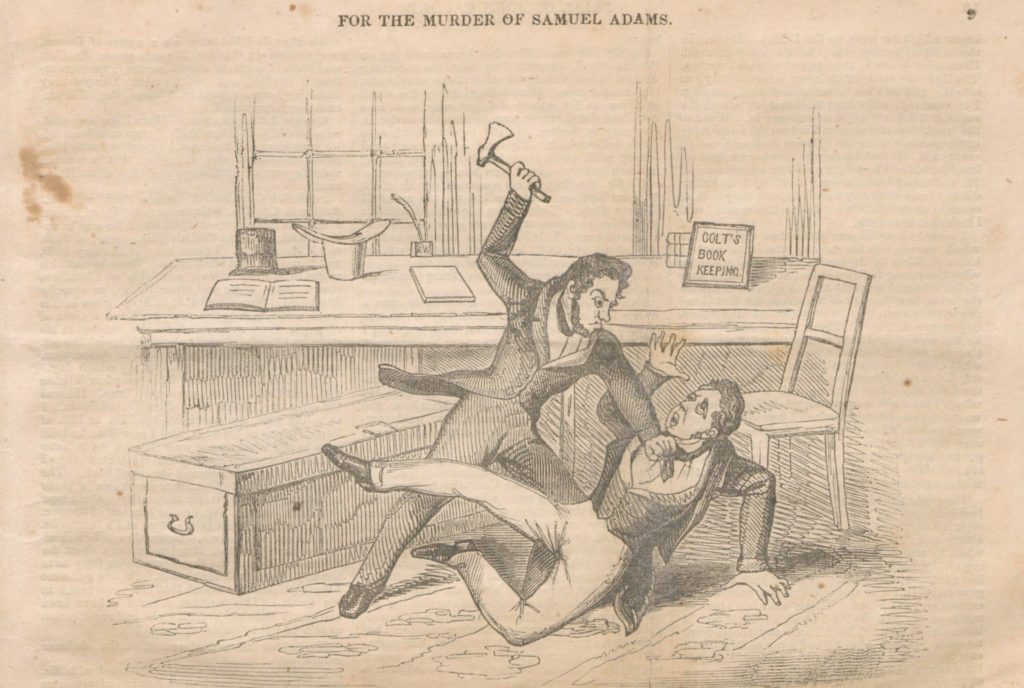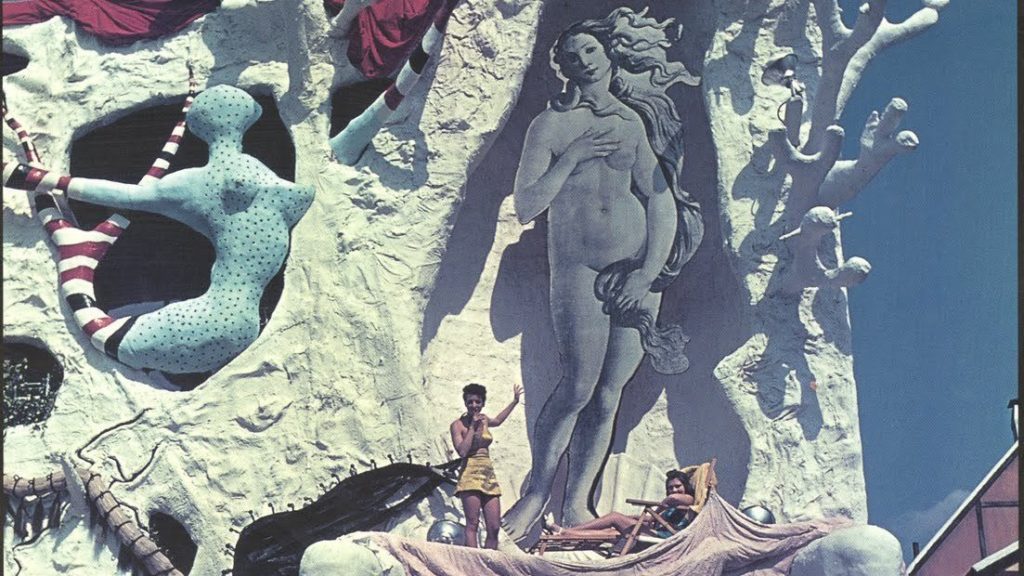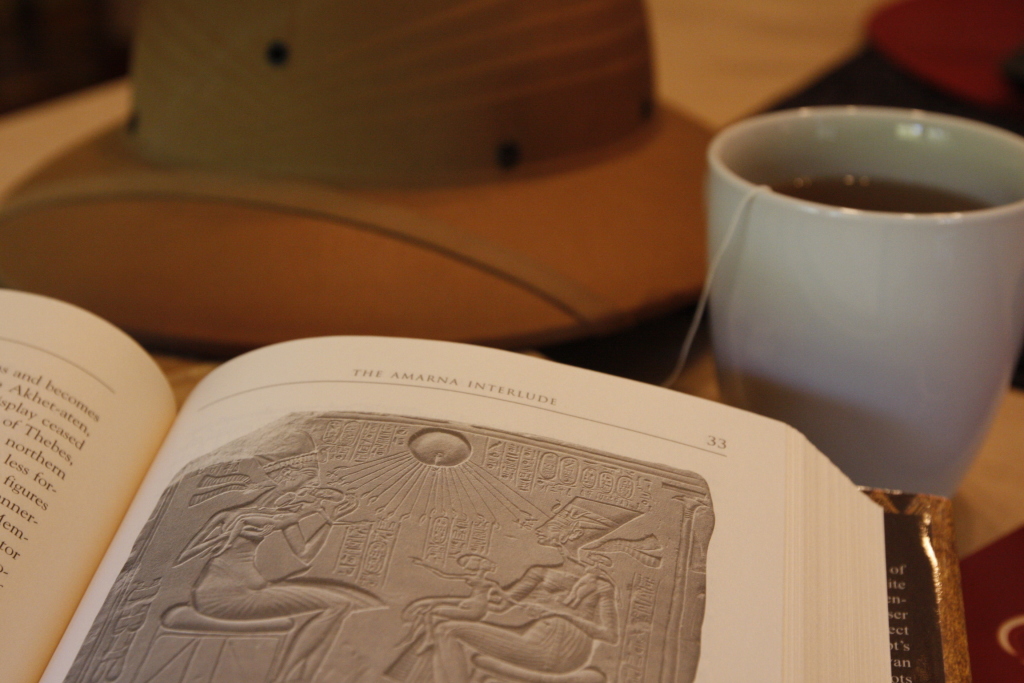Have a drink with: John Colt
Double-entry bookkeeping and axe murder
Ask him about: packing advice
You’ve probably heard of Samuel Colt, especially with gun rights so prominently in the news. Not only was Colt one of America’s most well-known gun manufacturers, he used the eager 19th century press to transform gun ownership from a largely utilitarian act into a totem of defiant individualism. An 1860 Colt corporate advertisement in Knickerbocker magazine plainly advertised pistols, rifles, carbines and shotguns to the American public as the needful way to “afford surest protection to your family, your life and your property;” and it was around this time that an oft-repeated adage made its way into American discourse: “God made little men, and God made big men. But bless Col. Colt, he made every man equal.”
But Sam was not the only blood-soaked weirdo in his family. Samuel Colt was an enterprising businessman, if narcissistic, morally flexible and utterly unconcerned with the damage his products would do (also, he once made a living hawking nitrous oxide as a “doctor”). His older brother John Colt, though, was a riverboat gambler, admitted perjurer and forger, an accountant of some note, and a semi-public figure who earned public pooh-poohs for cohabiting with his pregnant girlfriend. Oh, and he also went on trial in 1842 for axe murder.







